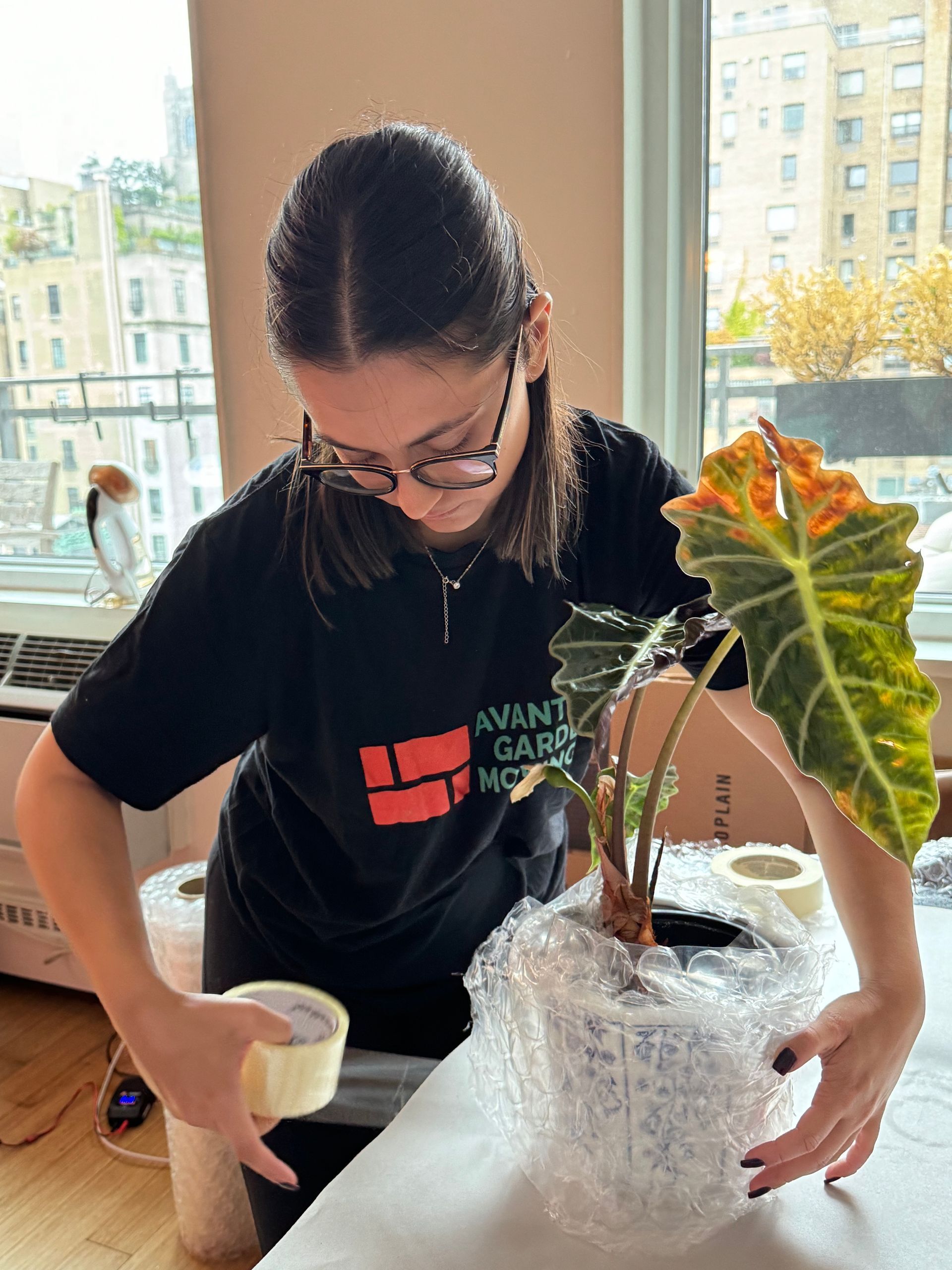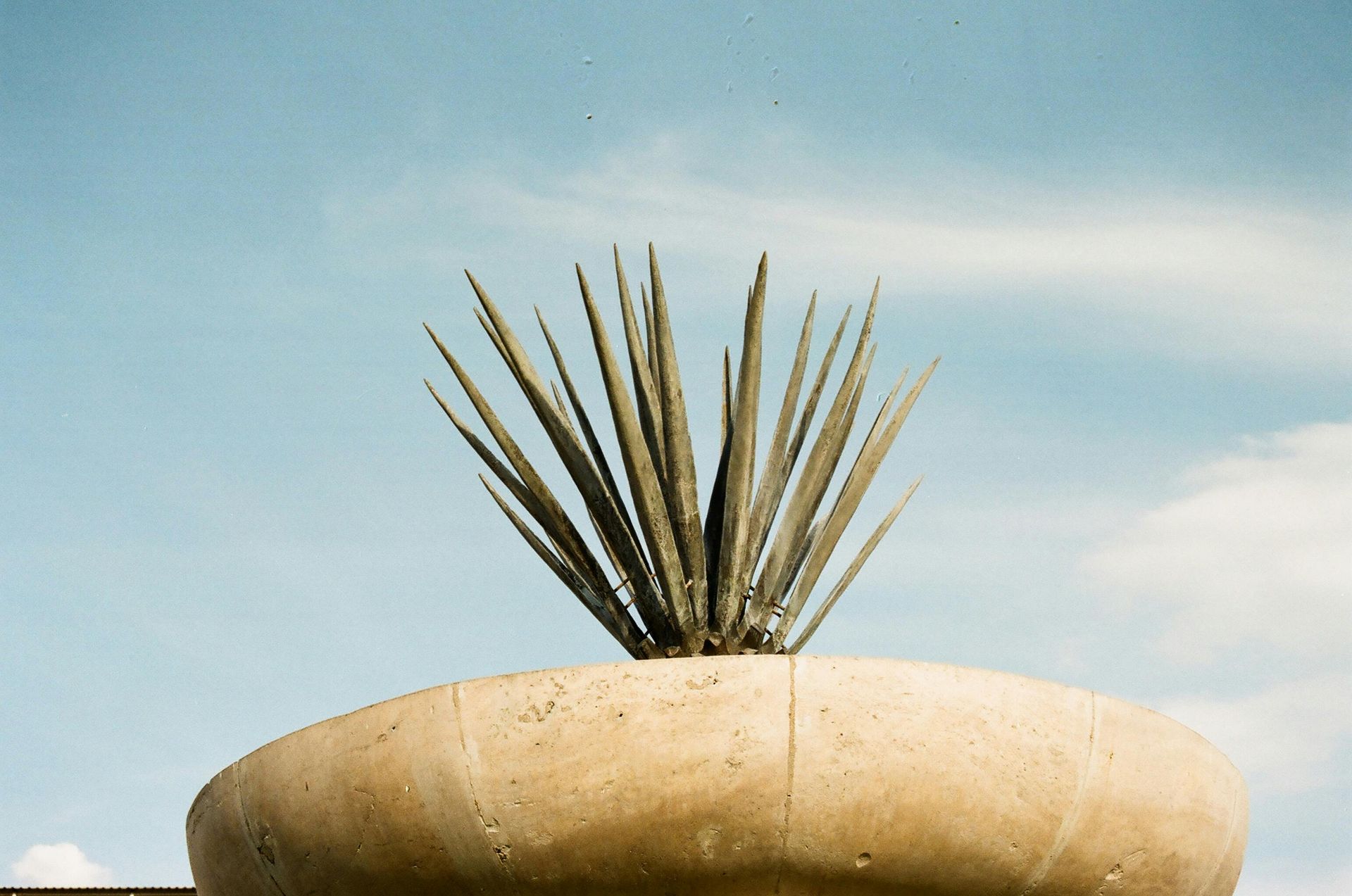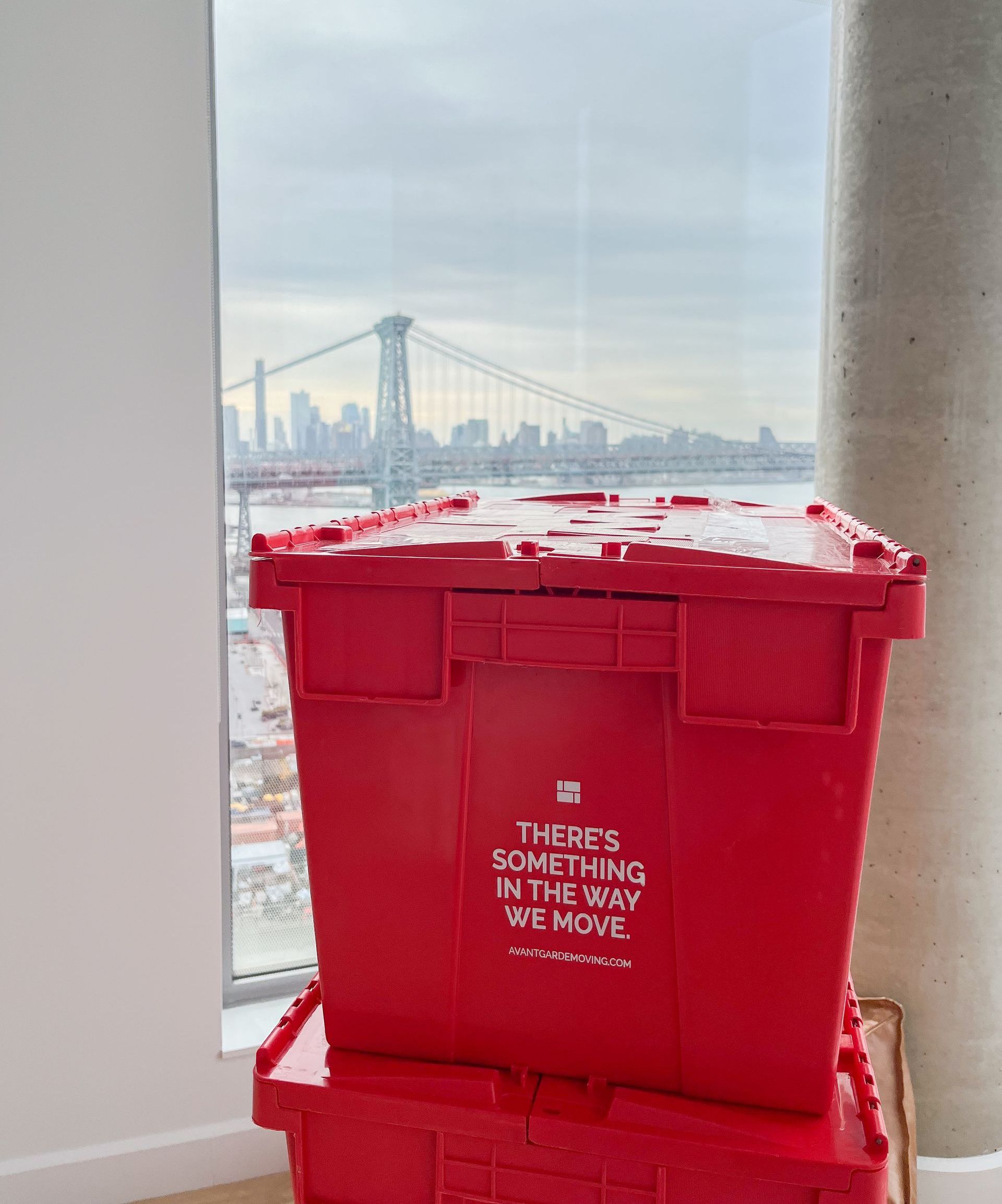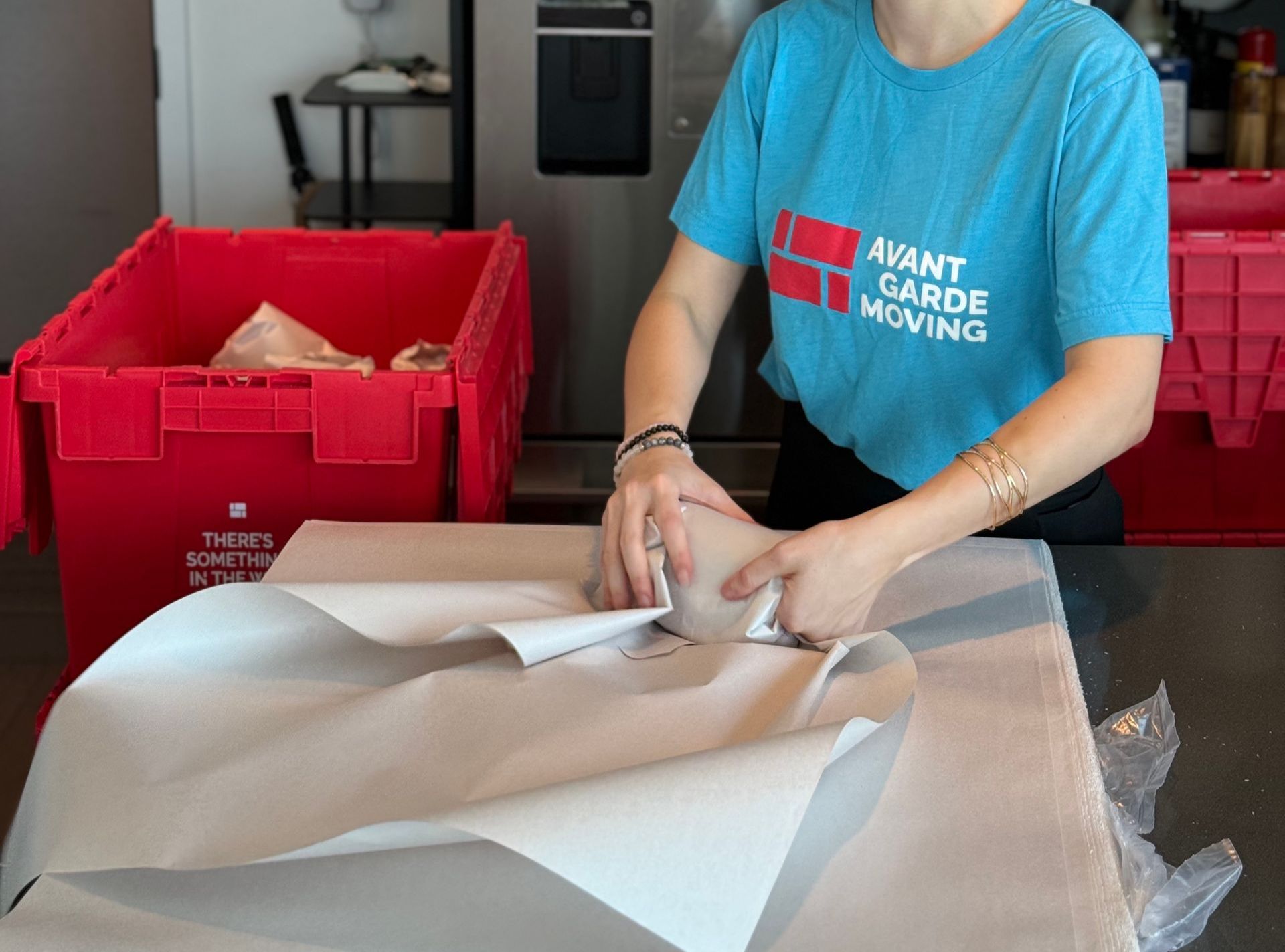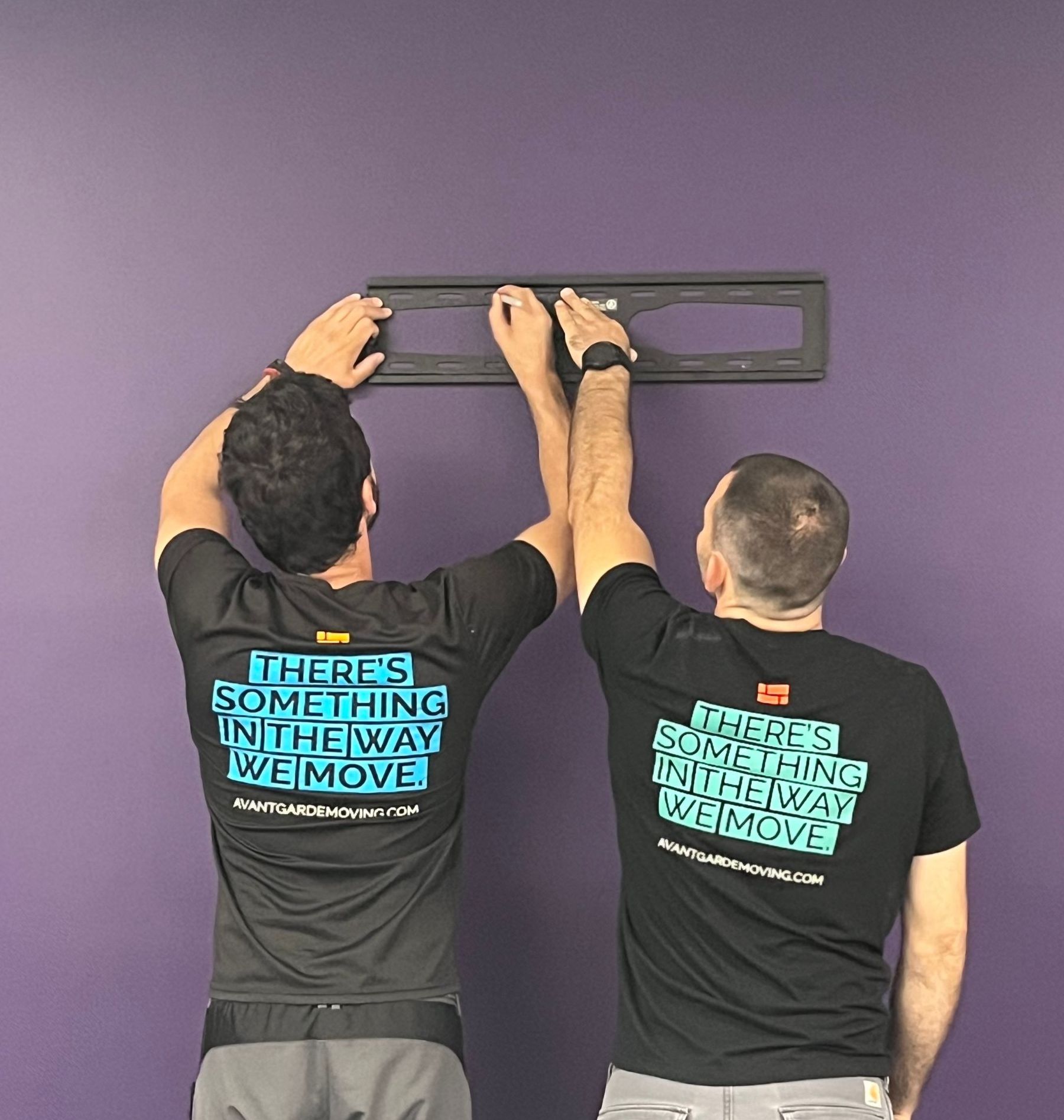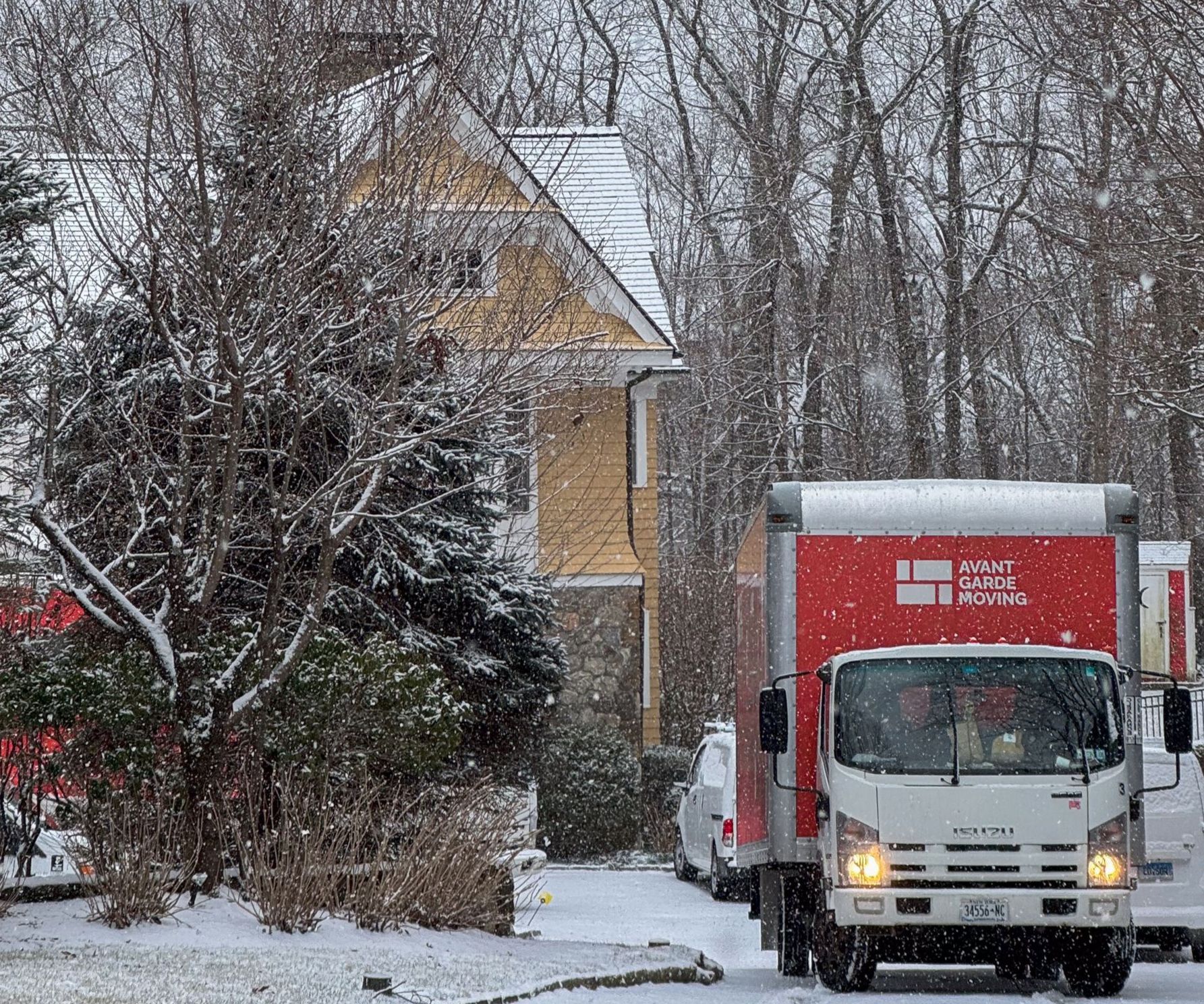How to Safely Move Plants During a Relocation:
Tips for Plant Lovers
Moving can be a stressful process, especially when you have to consider the well-being of your beloved plants.
Plants, like pets, require special attention during a move.
Beyond Boundaries
Visual odyssey across continents
Button
Sands of Time
Stark beauty of desolate dunes
Button
Understanding how to safely move plants can make the difference between a thriving indoor garden in your new home and a collection of wilted leaves.
In this guide, we will provide practical advice on how to safely move plants during a relocation.
From preparation tips to packing techniques, we'll cover everything you need to ensure your green companions arrive at their new home in good condition.
Whether you're a seasoned plant parent or a budding green thumb, this guide will help you navigate the process of moving with plants.
Understanding the Importance of Plant Preparation Before Moving
Before you start packing your plants, it's crucial to prepare them for the move.
It's also about reducing the stress that the moving process can cause to your plants.
With proper preparation, you can help your plants adapt to their new environment more easily.
Pruning and Inspection
Start by pruning your plants;
This involves removing dead or dying leaves and branches.
Pruning not only makes your plants healthier but also easier to transport
Next, inspect your plants for pests or diseases. You don't want to bring these problems into your new home.
Watering and Feeding
Watering and feeding your plants properly before the move is also important.
However, avoid overwatering as it can lead to root rot and make the pots heavier.
Feed your plants with a slow-release fertilizer to provide them with nutrients during the move.
Remember, each plant has different watering and feeding needs, so adjust accordingly.
Plant Moving Tips
Packing your plants securely is key to their survival during the move.
You need to protect them from physical damage, temperature changes, and lack of light.
The packing process will vary depending on the size and type of your plants.
However, there are some general tips that can help you pack most plants safely.
Choosing the Right Containers
Choosing the right containers for your plants is crucial
- For larger plants, consider using wooden crates for extra protection
- Remember to add drainage holes to prevent waterlogging
Protecting Leaves and Stems
Protecting the leaves and stems of your plants is also important
- You can
wrap them gently with packing paper, bubble wrap or both
- For larger plants, consider using a bed sheet or a lightweight plastic cover
- Make sure not to wrap too tightly to allow for air circulation
Maintaining Ideal Conditions During Transit
Maintaining ideal conditions during transit is crucial for your plants' survival
- Try to keep a stable temperature in the moving vehicle.
- Avoid placing your plants near air vents or windows to prevent drafts or direct sunlight.
- Also,
try to unpack your plants as soon as you arrive at your new home to reduce their stress.
Important Legal Considerations for Moving Houseplants
When relocating plants, there are legal and practical considerations to keep in mind.
Some states have regulations about bringing in certain types of plants.
You also need to consider how your plants will adjust to their new environment.
Understanding these factors can help ensure a successful move for your green friends.
State Regulations and Restrictions
Here’s a brief overview of some common regulations in popular moving destinations:
- California: Known for strict agricultural rules, California requires that houseplants be inspected before entry, especially plants in soil. Certain plants, like citrus trees, may face additional restrictions.
- Florida: Florida has regulations to prevent the spread of pests like fire ants and citrus diseases. Make sure your houseplants are free from pests before moving.
- Arizona: Arizona prohibits the import of certain plants, such as citrus and cacti, without inspection. Plants may be subject to quarantine upon arrival.
- Hawaii: Hawaii has very strict rules regarding plants, with many requiring an inspection and certification before entry. Some houseplants may not be allowed due to the risk of introducing invasive species.
- Washington: Washington requires plants to be free of pests and diseases, and certain species may need inspection before entry.
Acclimating Plants to a New Environment
Acclimating your plants to their new environment is crucial for their survival.
The new environment may have different light, temperature, and humidity conditions.
- Start by placing your plants in a similar location as in your old home.
- Gradually adjust them to the new conditions to reduce stress.
Preparing for Moving Day: A Plant Lover's Checklist
Moving day can be stressful, but a checklist can help!
This checklist should include tasks specific to plant care.
This can help ensure that your plants are ready for the move.
Here are some items to include in your plant moving checklist:
- Water plants adequately but avoid overwatering
- Prune plants if necessary
- Check for pests and diseases
- Prepare suitable containers for each plant
- Label each plant and its container
- Prepare a plant first aid kit
Last-Minute Tips Before the Movers Arrive
Before the movers arrive, do a final check of your plants.
Ensure they are properly watered and pruned.
Check that each plant is securely packed in its container.
Also, make sure all plants are labeled correctly.
Personal Belongings and Plant Care Items to Keep Handy
During the move,
keep your personal belongings separate from the moving process.
This includes items like wallets, keys, and important documents.
For plant care, keep a first aid kit handy.
This should include items like pruning shears, gloves, and plant food.
Post-Move Plant Care: Helping Your Green Friends Adjust
- After the move, your plants will need time to adjust.
This adjustment period can be stressful for them.
- It's important to monitor their health during this time.
Also, try to maintain their regular care routine as much as possible.
Integrating Plants into Your New Home's Design
Once your plants have adjusted, start integrating them into your home's design.
- Consider the light, temperature, and humidity conditions in different parts of your home
- Place each plant in a location that suits its needs
Remember, a happy plant can greatly enhance the beauty and comfort of your home.
Leveraging Professional Moving Services for Plants
Professional moving services can be a lifesaver when moving plants.
They have the expertise and equipment to handle delicate items like plants.
They can also provide
specialized packing materials
and techniques to protect your plants.
With professional movers, you can have peace of mind knowing your plants are in good hands.
Avant-Garde Moving & Storage: Ensuring Plant Safety
At Avant-Garde Moving & Storage, we understand the unique needs of moving plants.



